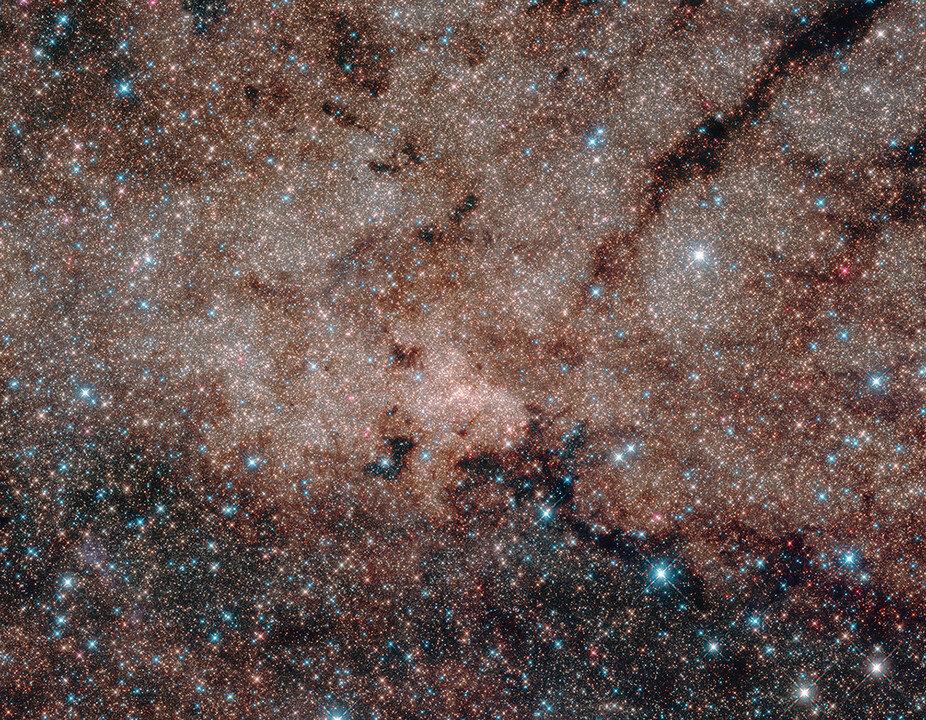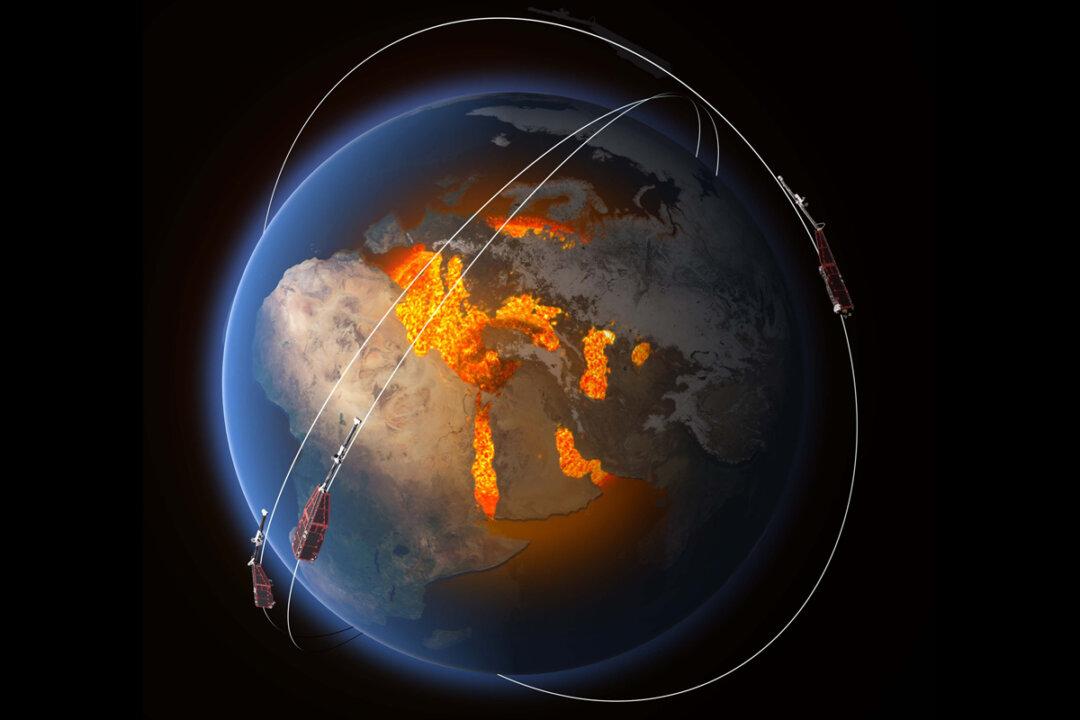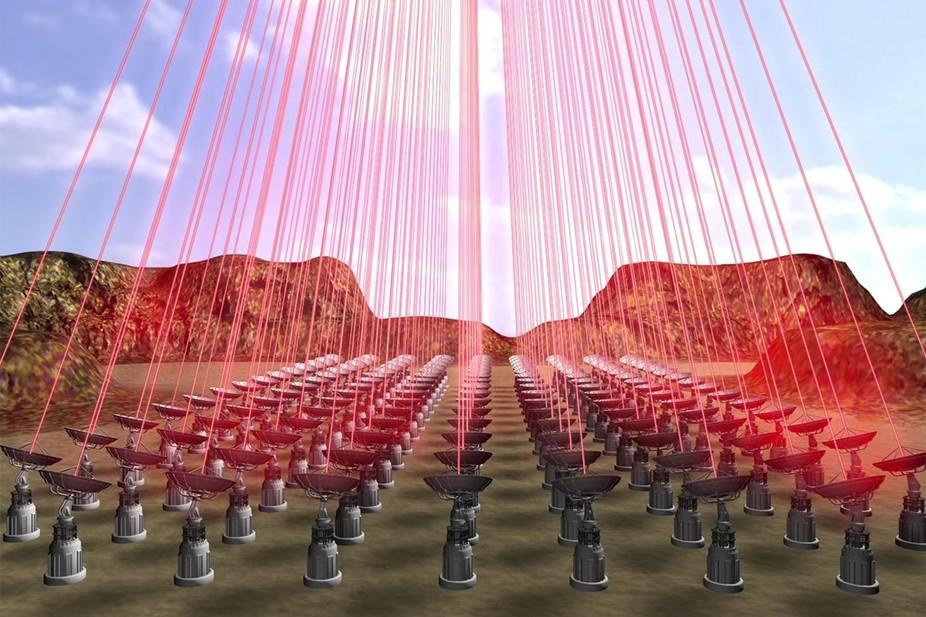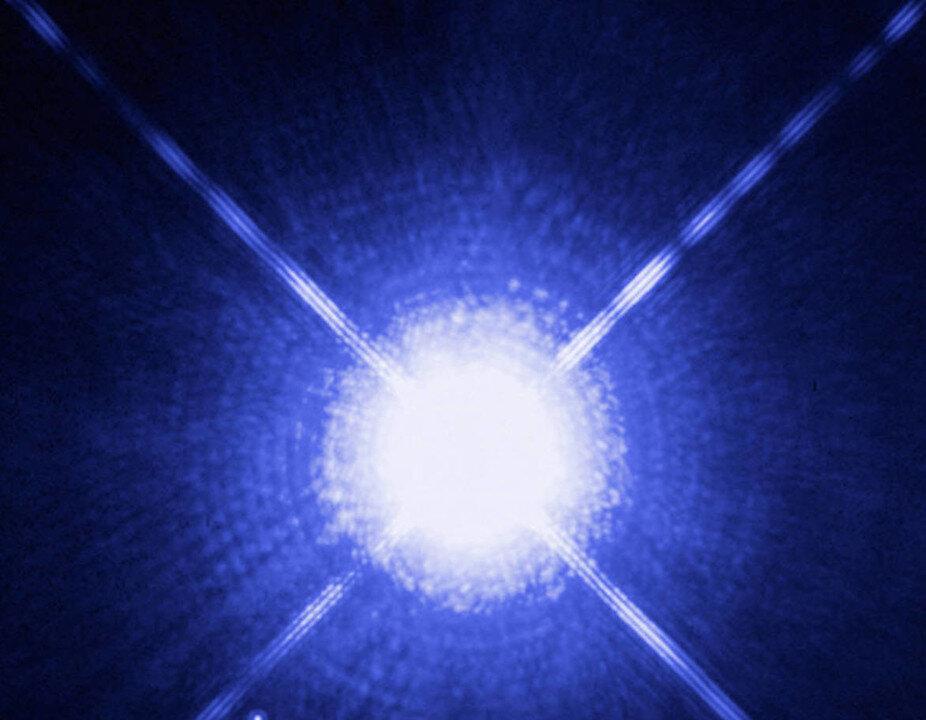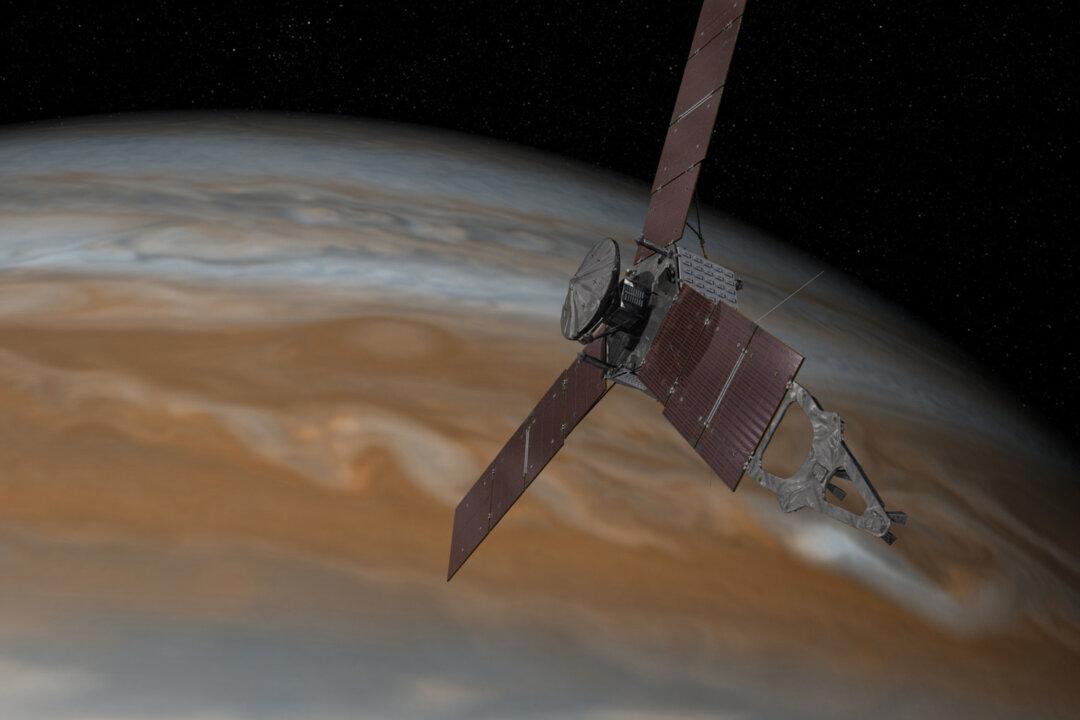Each fortnight I get the amazing opportunity to speak about my top stories in space on ABC Breakfast News TV but for those of you who hate early mornings I wanted to make sure you got to hear of these awesome events too.
Peering Into the Heart of Our Galaxy
The ageing and yet still awesome NASA Hubble Space Telescope has peered into the center of our Milky Way galaxy and revealed half a million never before seen stars.
In this NASA video we peer into the heart of our galaxy, revealing half a million never before seen stars (in a reddish color) visible to the Hubble Space Telescope’s infrared camera.
How did we miss this many stars in our own backyard?
Well for starters, the center of our galaxy is a busy place, with a million stars crowded into the region between our Sun and our nearest neighbor Alpha Centauri. It’s hard to conceive of just how bright the “night sky” would be for any aliens in the galactic core.
To make things even more confusing there exists a supermassive Black Hole that can blind telescopes, although this is currently dormant it may yet fire into life by accreting nearby gas and stars.
